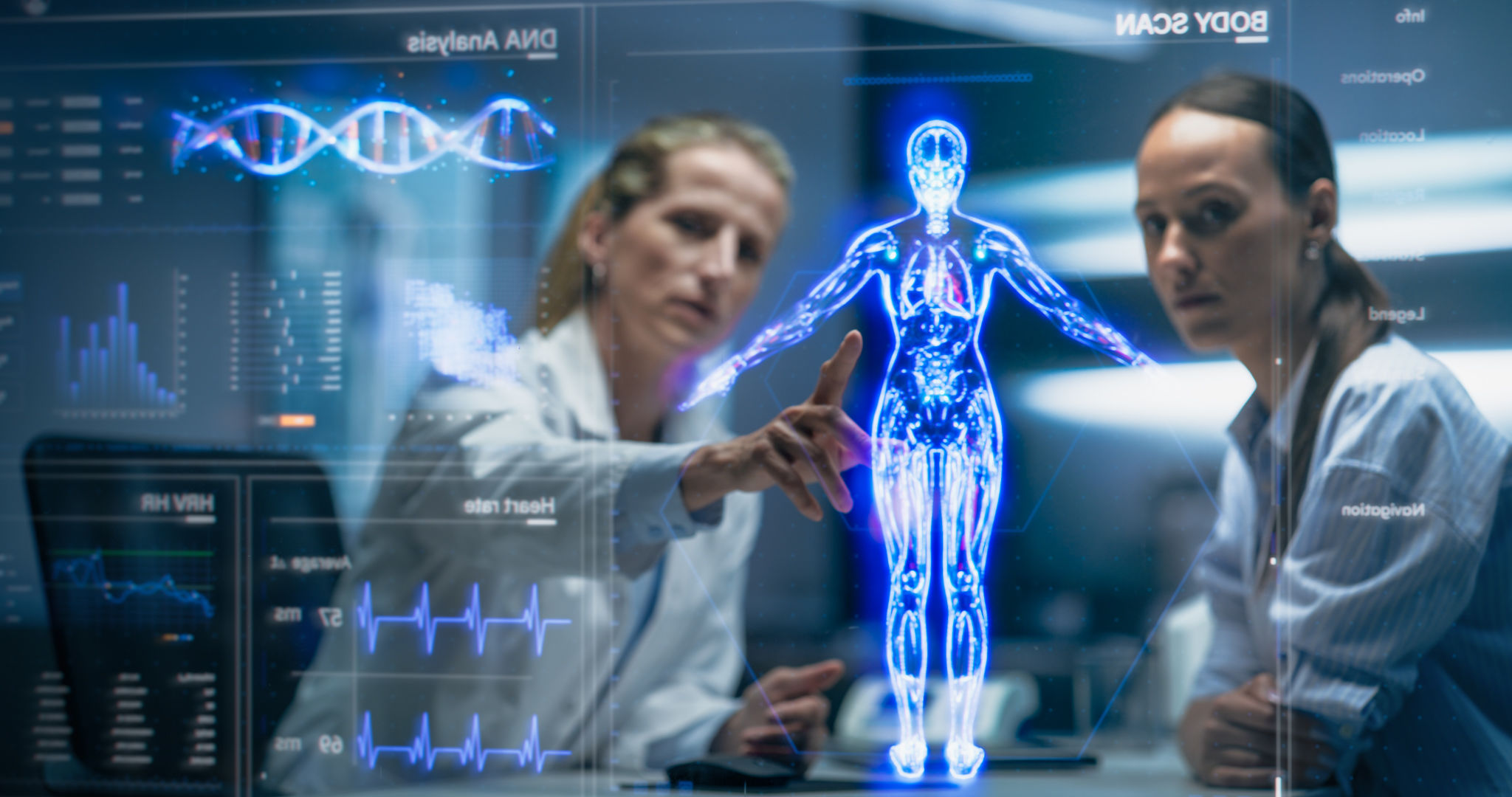Top 5 Trends in Mechanical Design Engineering You Need to Know
Introduction to Mechanical Design Engineering Trends
Mechanical design engineering is a dynamic field that continues to evolve with technological advancements. In 2023, several trends are shaping how engineers approach design, resulting in more efficient, sustainable, and innovative solutions. Keeping abreast of these trends is crucial for professionals looking to stay competitive and effective in their roles.
1. Digital Twin Technology
One of the most significant trends in mechanical design engineering is the adoption of digital twin technology. This innovation allows engineers to create a virtual model of a physical object or system. By simulating real-world conditions, digital twins help in optimizing design, predicting failures, and enhancing performance without the need for physical prototypes.
The integration of IoT (Internet of Things) with digital twins further enhances their capabilities, enabling real-time data analysis and feedback. This leads to better decision-making and cost savings in the design process.

Benefits of Digital Twin Technology
- Improved accuracy in simulations
- Enhanced product lifecycle management
- Cost-effective testing and iteration processes
2. Generative Design
Generative design is revolutionizing how engineers approach problem-solving and innovation. By utilizing AI algorithms, generative design explores all possible permutations of a solution to find the best possible design outcome. This process results in unique, efficient structures and components that were previously unimaginable.
This approach not only accelerates the design process but also encourages sustainable practices by minimizing material use and waste. As AI technology continues to advance, the potential applications of generative design are seemingly limitless.

Key Advantages of Generative Design
- Optimized material use
- Reduced time-to-market for products
- Innovative solutions to complex problems
3. Sustainability and Eco-friendly Design
With growing environmental concerns, sustainability has become a central focus in mechanical design engineering. Engineers are now prioritizing eco-friendly materials and processes to reduce carbon footprints and promote long-term environmental health.
This trend involves designing products that are not only efficient but also recyclable and energy-efficient. The adoption of green technologies in design and manufacturing processes helps companies meet regulatory requirements while appealing to environmentally conscious consumers.

4. Additive Manufacturing (3D Printing)
Additive manufacturing, commonly known as 3D printing, continues to gain traction in mechanical design engineering. This technology allows for rapid prototyping and production of complex geometries that would be difficult or impossible to achieve through traditional manufacturing methods.
3D printing provides significant cost savings by reducing material waste and allowing for on-demand production. It also offers engineers the flexibility to iterate designs quickly and efficiently, fostering innovation and creativity.
Applications of Additive Manufacturing
- Customized production runs
- Lightweight structures
- Complex component integration
5. Collaborative Design Platforms
The shift towards collaborative design platforms is another trend transforming mechanical design engineering. These platforms enable engineers from different disciplines and geographies to work together seamlessly on complex projects. By facilitating real-time communication and resource sharing, collaborative platforms enhance productivity and innovation.
The use of cloud-based solutions ensures that all team members have access to the latest project data, reducing errors and improving overall project outcomes. This collaborative approach aligns with the increasing demand for interdisciplinary engineering solutions in today's market.

Conclusion
The landscape of mechanical design engineering is rapidly changing, driven by technological advancements and the need for sustainable practices. By embracing trends such as digital twins, generative design, sustainability, additive manufacturing, and collaborative platforms, engineers can remain at the forefront of innovation. Staying informed about these trends is vital for professionals aspiring to lead in this ever-evolving industry.